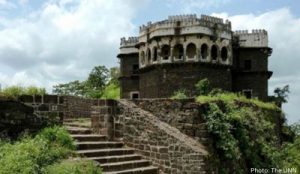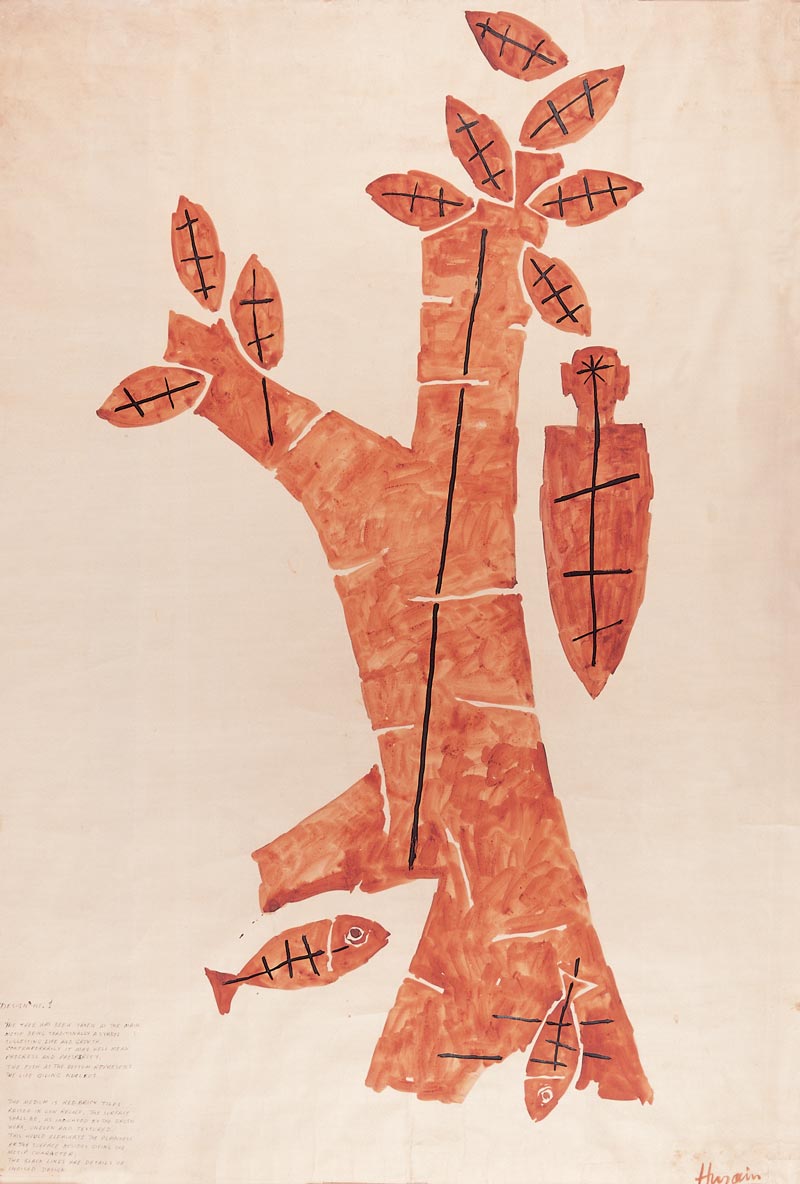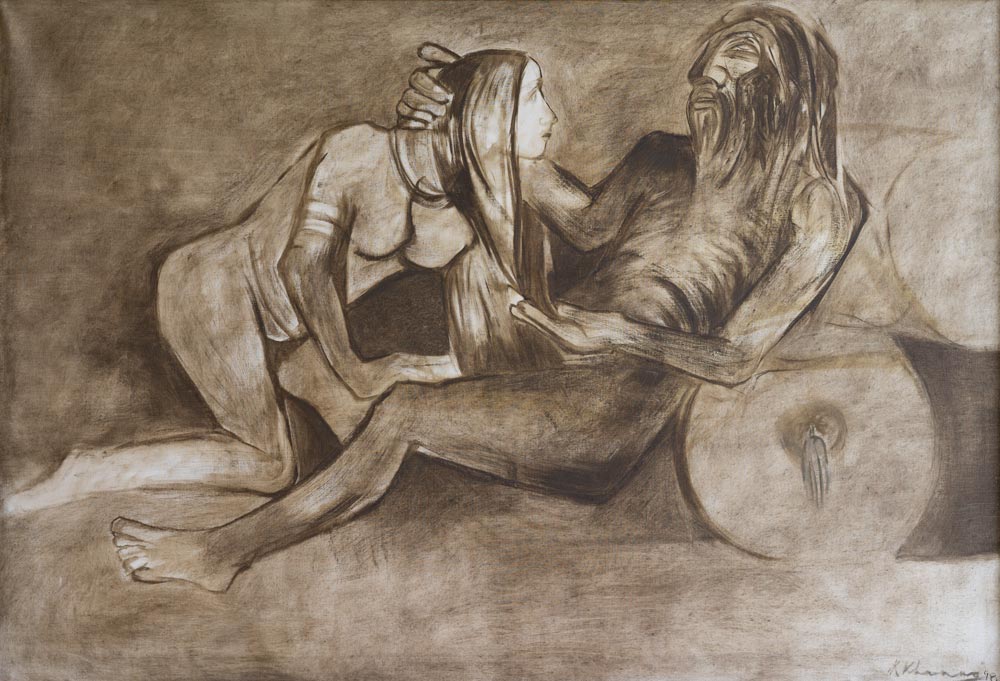Daultabad Fort is also known as Deogiri Fort. “Hill of the Gods,” originally known as Devagiri, is situated atop a conical hill in the state of Maharashtra in the Daulatabad village near Aurangabad. This medieval Indian architecture is known for the steep slopes of history woven into its mighty walls.
History and architecture
The fort reached its glory during the Tughlaq dynasty, when Sultan Muhammad bin Tughlaq shifted his capital reign from Delhi to Devagiri.
Daulatabad is marked with a series of gates. The Maha Darwaza, or Grand Entrance, is a creation of military construction with a convoluted, maze-like layout to avert invaders. The clever use of defensive features like hidden traps and spiked gates demonstrates the fort’s designers’ strategic intelligence.
Tales
The fort was the seat of the Yadava dynasty for over a century, until Ala-ud-din Khilji, the Sultan of Delhi, conquered it. Ramachandradeva, the Yadava king, was permitted to rule as a vassal from this Fort. However, the consequences of Ramachandradeva’s action orders given by the Delhi sultanate at the time led to the assault by Ala-ud-din Khilji’s army.
Harpaladeva, battling for the sultanate, gained control after the Yadavas lost all of their authority. Daulatabad was renamed Deogiri by Muhammad bin Tuqhlaq. He forcibly moved all of Delhi’s residents from Delhi to Daulatabad because he believed Daulatabad was in a superior location to Delhi. However, due to a severe water shortage, the residents had to travel back to Delhi once more. This incident is well-known in Indian history as a quintessential act of stupidity.
Things to do:
- Chini Mahal and Royal Residences
Within the Fort’s remains is Chini Mahal, a building with appealing Persian tiles that used to be the royal family’s pleasure palace. An exciting look into the lifestyles of the monarchs who once called Daulatabad home could be observed by seeing the ruins of the royal apartments inside the fort.
- Explore the entrance.
- Sarawati Bawdi
Step-well, a set of stone steps descends to the water’s surface built inside a well.
- Chand Minar
Persian blue tiles adorn the four-storey exterior of the Chand Minar. The Minar is closed to outside visitors.
- Sunset Panorama
When the sun sets, it offers a breathtaking spectacle. The views from the Fort’s panoramic position create a captivating scene as the sun sets. It is observed that the fort’s shape contrasts with the evening sky’s golden tones, creating a scenic moment in the viewer’s life.


